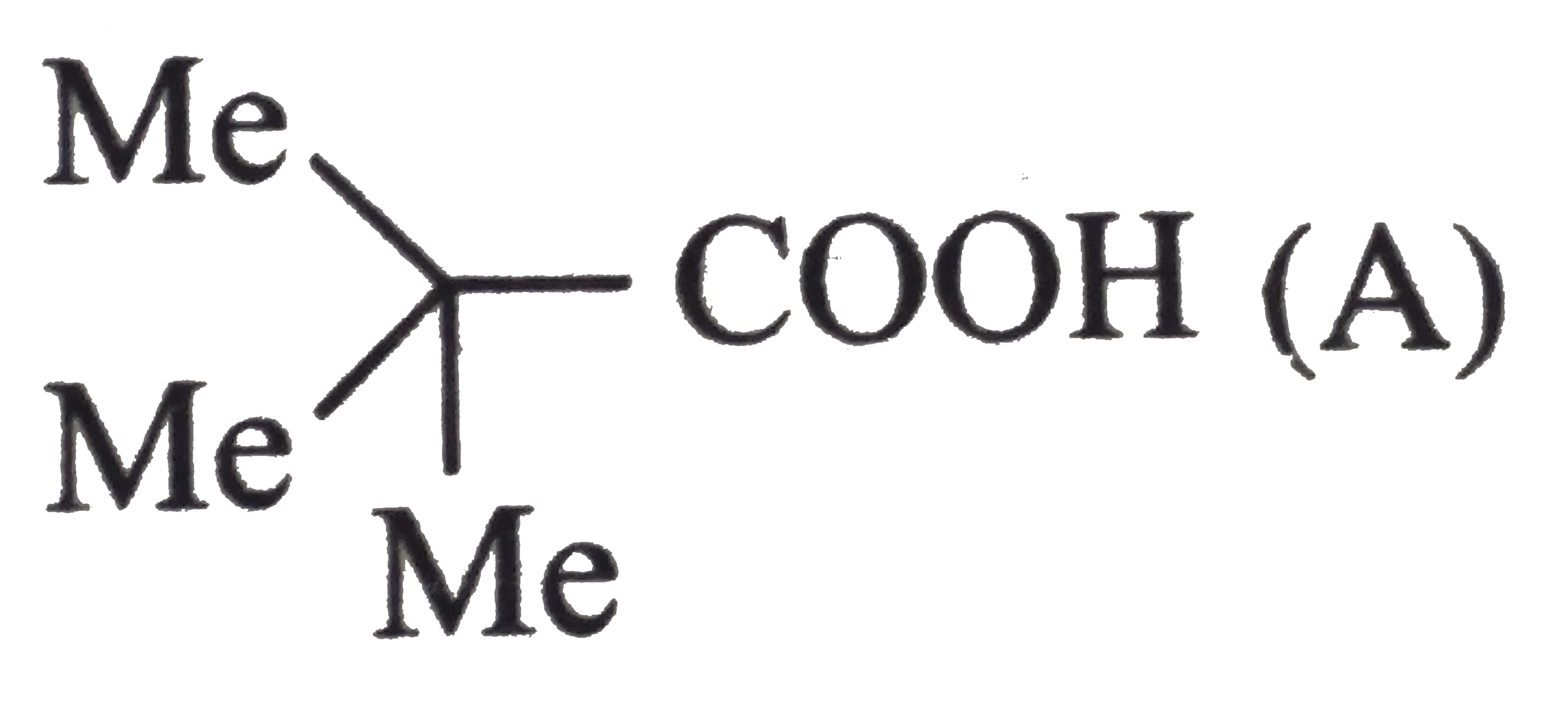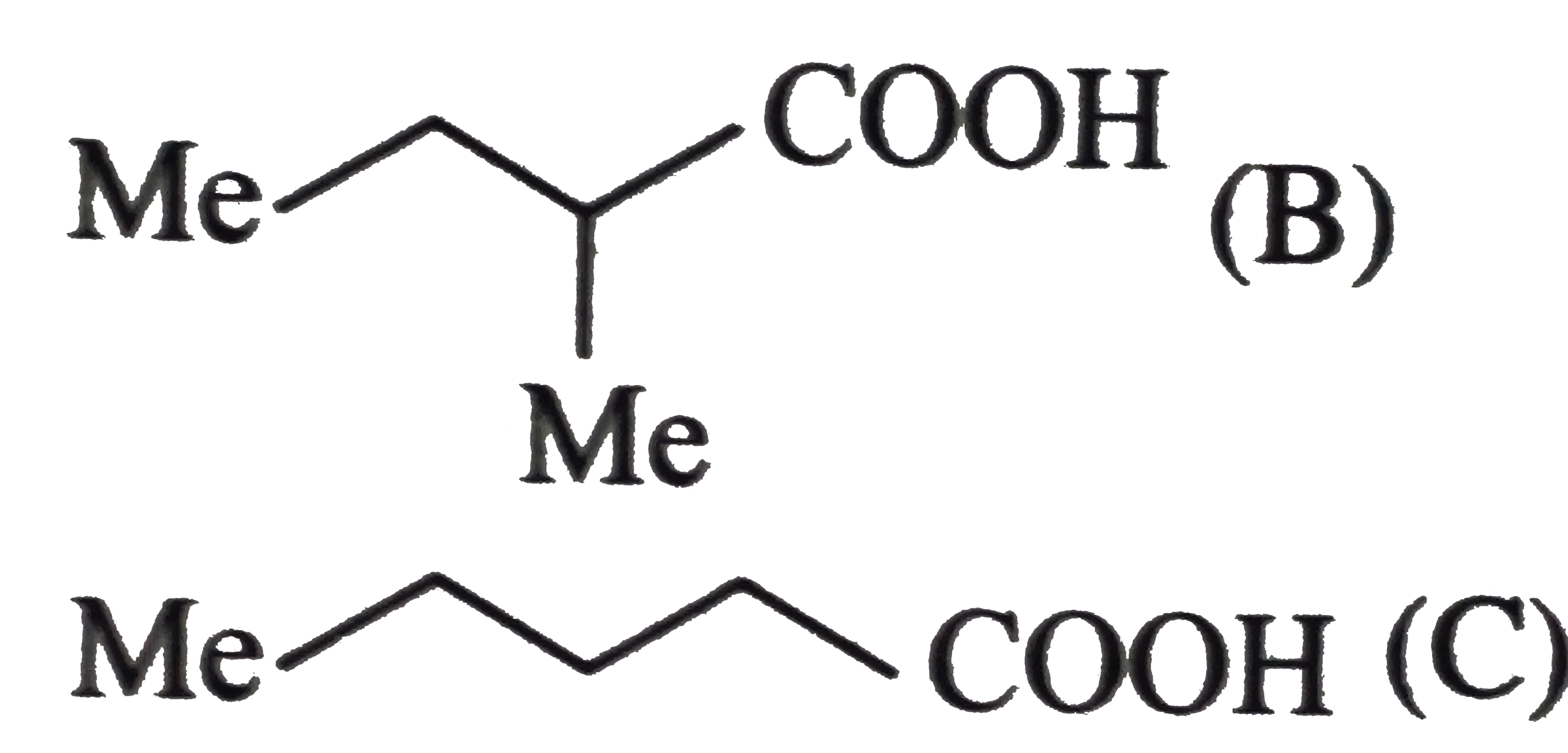Differentiate between the following .
Stifling and reeling .
Step-by-Step Solution:
1. Definition of Stifling: Stifling refers to the process of cooking silk cocoons in hot water to soften them. This is the initial step in the silk production process.
Hint: Think of stifling as the cooking process that prepares the cocoons for further processing.
2. Definition of Reeling: Reeling is the process that follows stifling, where the softened silk fibers are unwound from the cocoon. This is how silk threads are extracted for use.
Hint: Remember that reeling is about extracting the silk fibers after they have been softened.
3. Process Order: The order of these processes is important. First, silk cocoons are stifled (cooked), and then the silk fibers are reeled (unwound).
Hint: Keep in mind the sequence: cook first (stifling), then unwind (reeling).
4. Purpose of Each Process: Stifling is done to make the silk fibers pliable and easier to handle, while reeling is the actual extraction of the silk fibers for textile production.
Hint: Focus on the purpose: stifling prepares the cocoons, and reeling extracts the silk.
5. Final Outcome: The final outcome of stifling is that the cocoons are softened, and the final outcome of reeling is the collection of silk threads that can be used for making fabrics.
Hint: Think about what each process achieves: stifling leads to soft cocoons, while reeling leads to usable silk threads.
Summary of Differences:
- Stifling: Cooking silk cocoons in hot water to soften them.
- Reeling: Unwinding the softened silk fibers from the cocoon.
- Stifling: Cooking silk cocoons in hot water to soften them.
- Reeling: Unwinding the softened silk fibers from the cocoon.
Topper's Solved these Questions
- BOOK - CENGAGE BIOLOGYCHAPTER - ANIMAL HUSBANDRYEXERCISE - CONSOLIDATED EXERCISE37videos
ANIMAL HUSBANDRY
- BOOK - CENGAGE BIOLOGYCHAPTER - ANIMAL HUSBANDRYEXERCISE - OLYMPIAD AND NTSE LEVEL EXERCISE9videos
ANIMAL HUSBANDRY
- BOOK - CENGAGE BIOLOGYCHAPTER - ANIMAL HUSBANDRYEXERCISE - CHALLENGING EXERCISE3videos
ANIMAL HUSBANDRY
- BOOK - CENGAGE BIOLOGYCHAPTER - BIOGEOCHEMICAL CYCLESEXERCISE - CHALLENGING EXERCISE2videos
BIOGEOCHEMICAL CYCLES
Similar Questions
Differentiate between the following.
Flora and faunaView SolutionDifferentiate between the following acids :
(a)
(b) View Solution
View SolutionDifferentiate between the following.
Prothalius and protonemaView SolutionDifferentiate between the following.
Apogamy and aposporyView SolutionDifferentiate between the following.
Endangered and extinct speciesView SolutionDifferentiate between the following
Tendons and ligaments.View SolutionDifferentiate between the following
(a) Exocrine and endocrine gland.View SolutionDifferentiate between the following :
Amylose and AmylopectinView SolutionDifferentiate between chyme and chyle.
View SolutionDifferentiate between globe and map.
View Solution

